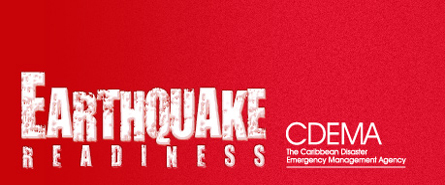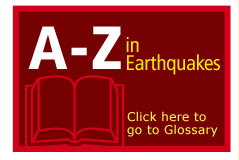
Warning: strtotime(): It is not safe to rely on the system's timezone settings. You are *required* to use the date.timezone setting or the date_default_timezone_set() function. In case you used any of those methods and you are still getting this warning, you most likely misspelled the timezone identifier. We selected the timezone 'UTC' for now, but please set date.timezone to select your timezone. in /home/wereadyo/public_html/earthquake/libraries/joomla/utilities/date.php on line 56
Warning: date(): It is not safe to rely on the system's timezone settings. You are *required* to use the date.timezone setting or the date_default_timezone_set() function. In case you used any of those methods and you are still getting this warning, you most likely misspelled the timezone identifier. We selected the timezone 'UTC' for now, but please set date.timezone to select your timezone. in /home/wereadyo/public_html/earthquake/libraries/joomla/utilities/date.php on line 198
| When Planning to Build |
|
Some structures are designed and built to stand up to earthquakes; many are not. In addition to this, some building sites and areas are at greater risk than others. Developers and builders should therefore take the necessary precautions to ensure that both the design of the proposed building and the land upon which it is to be constructed can suitably survive an earthquake. Learn whether the area in which you intend to build is susceptible to rockslides or slippage. Talk to "old timers". Consult Zonal Maps available through the public service. And employ best practice building and design standards.
The more you know, the better prepared you are. Knowing ... that's where reducing vulnerability starts. When Designing or Constructing a Structure, be sure that you:
Checklists for Builders & Developers
|



Home | Glossary | Contact Us | Sitemap | Disclaimer










